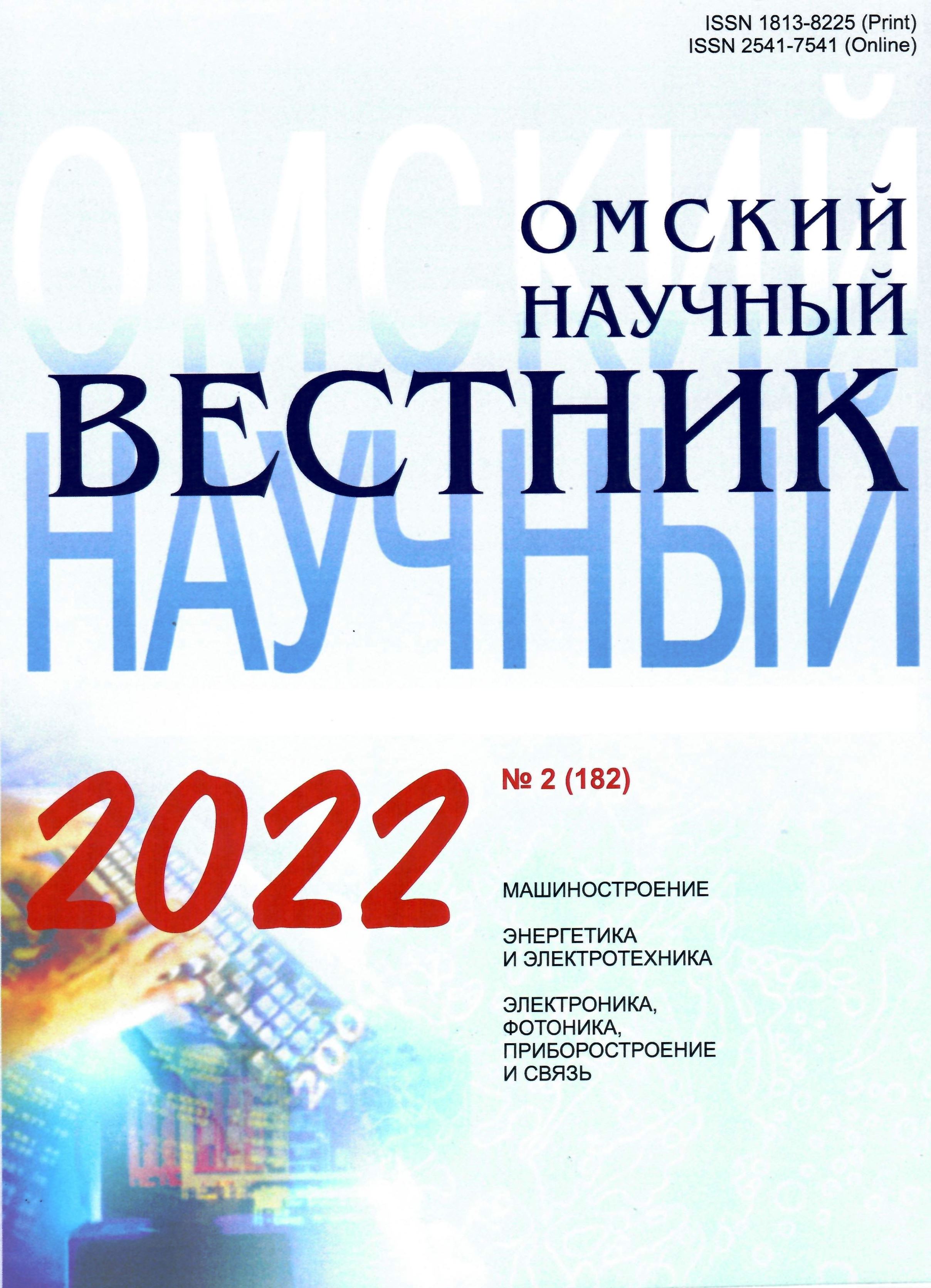Исследование морфологии, химического состава и коррозионной стойкости твердого сплава «TiC–NiTi», модифицированного мощным ионным пучком
DOI:
https://doi.org/10.25206/1813-8225-2022-182-33-37Ключевые слова:
безвольфрамовые твердые сплавы, мощный ионный пучок, морфология поверхности, Ключевые слова: безвольфрамовые твердые сплавы, мощный ионный пучок, морфология поверхности,, сканирующая и атомносиловая микроскопияАннотация
В статье приведены результаты исследования влияния ионно-лучевой обработки мощным ионным пучком (МИП) на изменение топографии, морфологии, химического состава и коррозионной стойкости поверхностных слоев безвольфрамового твердого сплава системы «TiC–NiTi». Для характеризации образцов использовались методы сканирующей электронной микроскопии, энергодисперсионного рентгеновского анализа, сканирующей зондовой микроскопии и металлографического анализа. Выявлено, что вследствие воздействия МИП поверхностный слой образца претерпевает оплавление с образованием протяженных микротрещин. При этом в поверхностном слое образца зафиксировано снижение концентрации кислорода с 24,6 до 13,7 ат. %, а в некоторых точках на образце и вовсе его отсутствие. Этот результат указывает на диссоциацию оксида титана под воздействием температур, возникающих в процессе облучения МИП. Наиболее вероятно, что именно термическая диссоциация оксида титана и оплавление поверхности образца являются основными причинами повышения коррозионной стойкости сплава системы «TiC– NiTi».
Скачивания
Опубликован
Как цитировать
Выпуск
Раздел
Лицензия
Неисключительные права на статью передаются журналу в полном соответствии с Лицензией Creative Commons BY-NC-SA 4.0 «Attribution-NonCommercial-ShareAlike» («Атрибуция-Некоммерчески-СохранениеУсловий») 4.0 Всемирная (CC BY-NC-SA 4.0)




